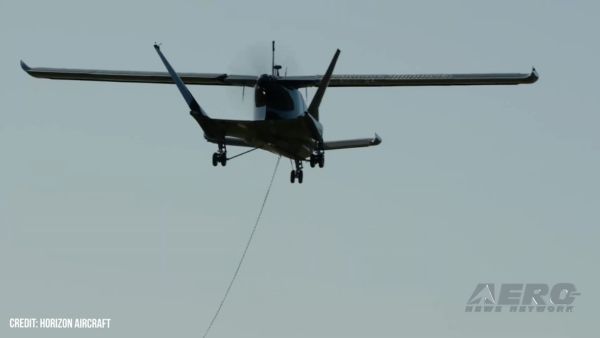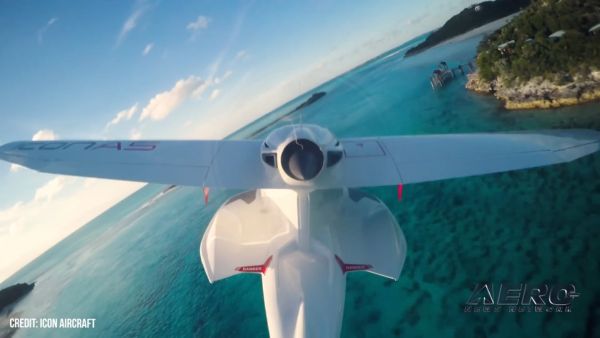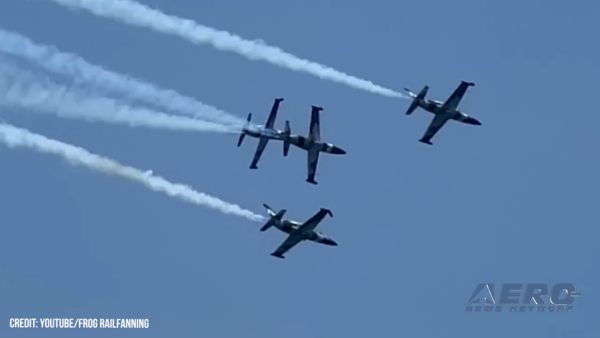Tue, Jul 12, 2005
Certification Due the Second Half of This Year
Sino Swearingen Aircraft
Corporation (SSAC) announced Monday that it has successfully
completed water ingestion high speed testing of the new SJ30-2
twinjet aircraft. The company tested the aircraft for drenched and
flooded runway conditions for both rain and slush.
"We are ecstatic about this amazing test as it shows the superb
functionality and strength of the "trailing link" landing gear and
it's excellent operation under the harshest conditions," said Dr.
Carl Chen, CEO and President of SSAC. "The entire company is
excited as this test emphasizes some of our final tests to FAA
certify the new SJ30-2 by the second half of this year."
"The accomplishments and extra team efforts provided by the
employees at SSAC and the FAA are significant in obtaining the
certification on time and are greatly appreciated by our customers
and the entire management team at SSAC," added Chen.
The intensive testing included a number of very high-speed runs
of the aircraft through water troughs with levels of water up to
three quarters of an inch deep. The maximum water depth was set to
include the requirements for both the FAA and EASA JAA, testing
under rain drenched, slush, and flooded runway conditions.
The speed of the SJ30-2 as it entered the water troughs was as
high as 126 mph. The main landing gear and nose landing gear were
all put through their paces numerous times in this spectacular
test. The purpose of the test is to simulate a flooded runway with
rain and slush and to verify that no tendency exists for unapproved
amounts of water to enter the engine inlets during landing, take
off, and runway operations.
The SJ30-2 twin engine business jet completed this testing
without needing modifications to the aircraft design.
The trailing link landing gear system is similar to an airliner
design as it uses two wheels on each main landing gear and two
wheels on the nose gear for a total of six wheels and tires on the
aircraft. This combination of dual wheels all around and trailing
link landing gear provides smooth taxi, takeoff and landing
characteristics and braking efficiency. Of course, it also adds
dual wheel safety protection for the aircraft in case of a tire
loss.
More News
From 2023 (YouTube Version): Legacy of a Titan Robert (Bob) Anderson Hoover was a fighter pilot, test pilot, flight instructor, and air show superstar. More so, Bob Hoover was an i>[...]
Get The Latest in Aviation News NOW on Instagram Are you on Instagram yet? It's been around for a few years, quietly picking up traction mostly thanks to everybody's new obsession >[...]
Aero Linx: B-52H Stratofortress The B-52H Stratofortress is a long-range, heavy bomber that can perform a variety of missions. The bomber is capable of flying at high subsonic spee>[...]
Altimeter Setting The barometric pressure reading used to adjust a pressure altimeter for variations in existing atmospheric pressure or to the standard altimeter setting (29.92).>[...]
"Knowing that we play an active part in bettering people's lives is extremely rewarding. My team and I are very thankful for the opportunity to be here and to help in any way we ca>[...]
 Classic Aero-TV: Remembering Bob Hoover
Classic Aero-TV: Remembering Bob Hoover ANN FAQ: Follow Us On Instagram!
ANN FAQ: Follow Us On Instagram! ANN's Daily Aero-Linx (05.15.24)
ANN's Daily Aero-Linx (05.15.24) ANN's Daily Aero-Term (05.15.24):Altimeter Setting
ANN's Daily Aero-Term (05.15.24):Altimeter Setting Aero-News: Quote of the Day (05.16.24)
Aero-News: Quote of the Day (05.16.24)


